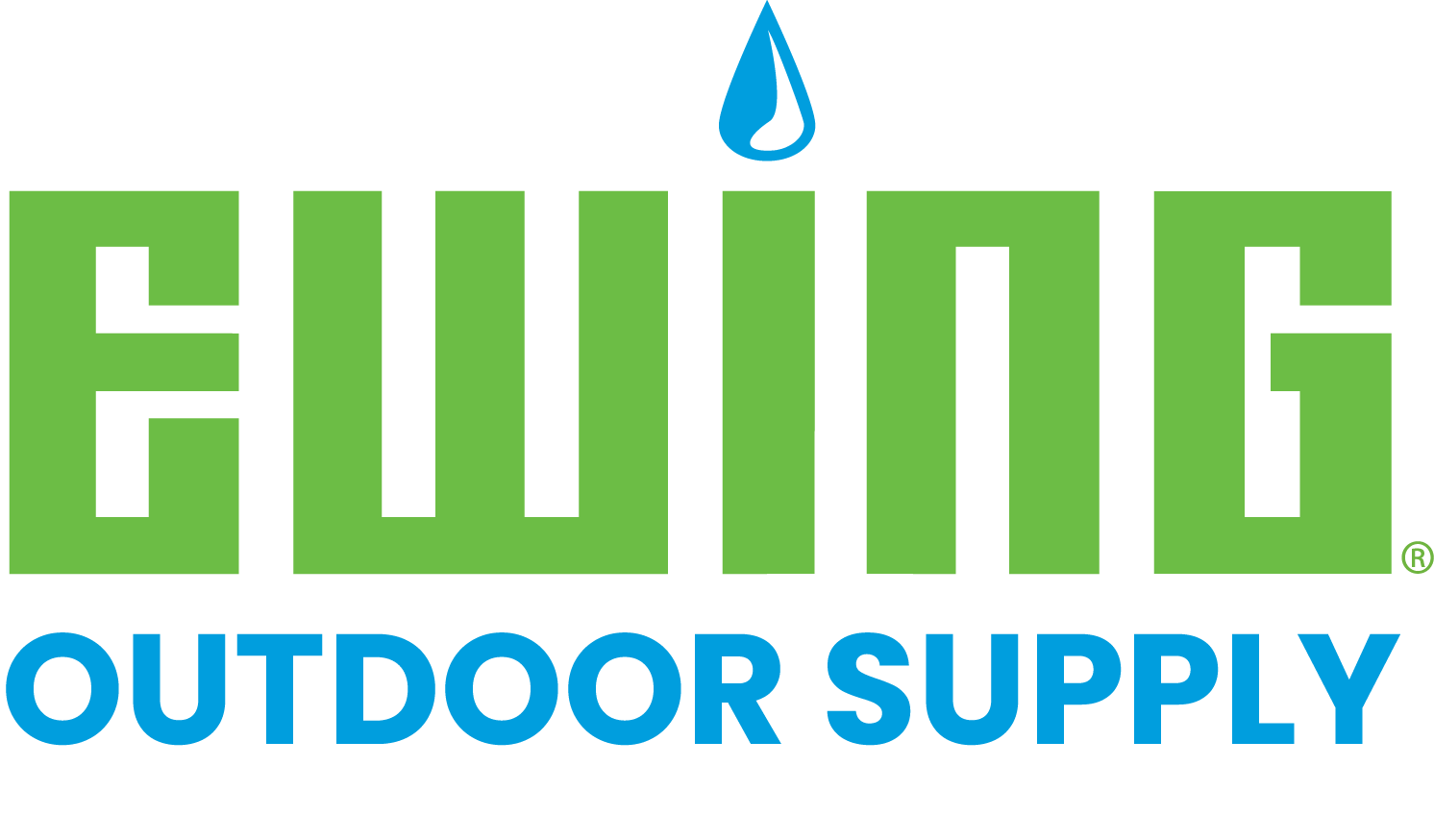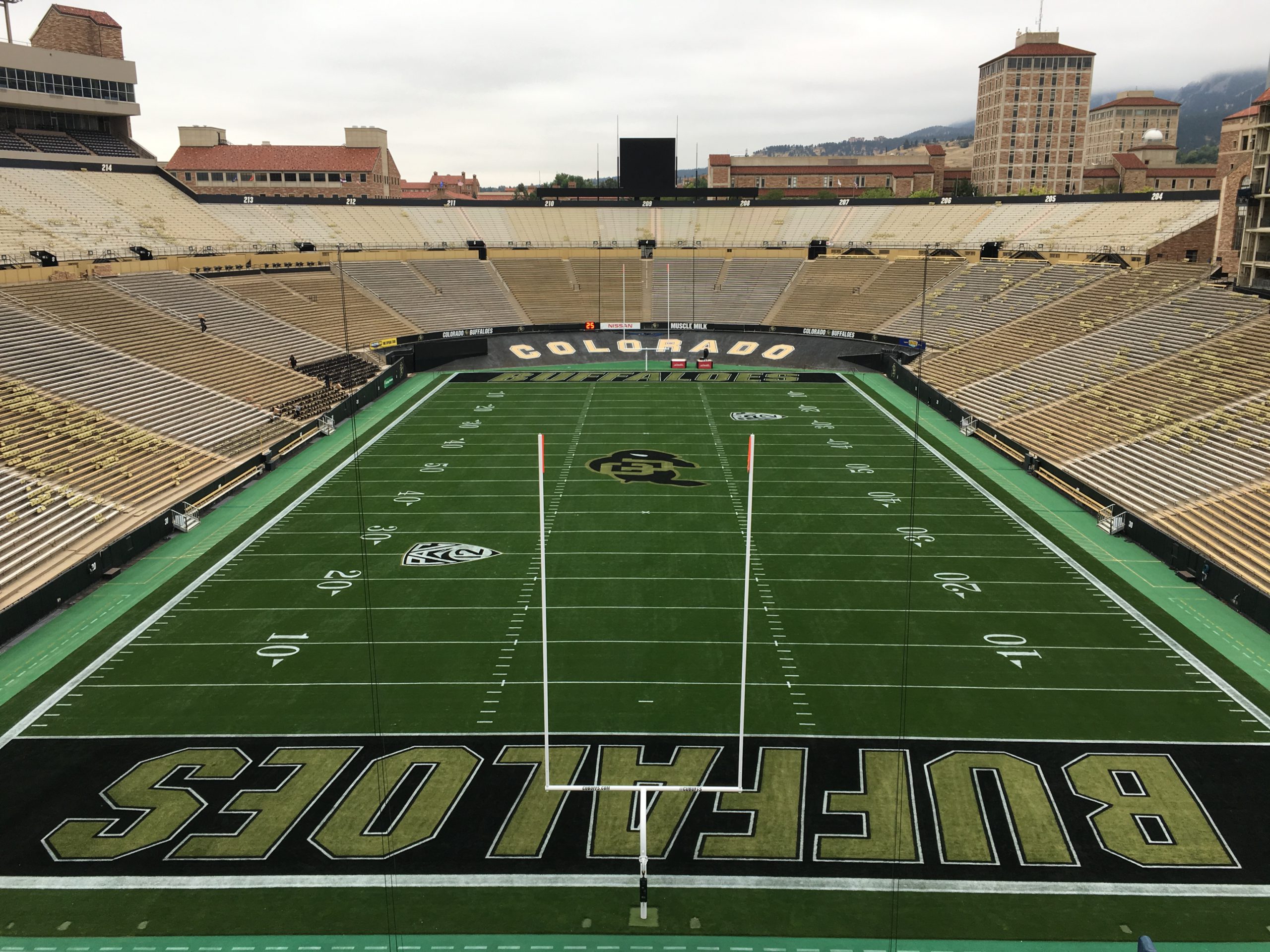In our continuing effort to help you learn more about managing your athletic fields, we talked with Ryan Newman, Director of Athletic Grounds at the University of Colorado Athletics, about his top five sports turf painting tips to get you ready to paint your fields.
Ryan has been a member of the University of Colorado Athletic Staff for 18 years. He just completed his seventh year as the Director of Athletic Grounds after working as an assistant for the facility and grounds staff for 11 years.

He came to the Buffaloes from Iowa State, where he worked as a student assistant for the Cyclones’ Facilities Department. In his first year on the CU staff, Folsom Field was recognized by the Sports Turf Managers Association (STMA) as the College Football Field of the Year. Prior to enrolling at Iowa State, he was head groundskeeper for the Sioux City Explorers, an independent member of baseball’s Northern League, in 2000 after serving as an assistant in 1999.
Ryan later graduated from Iowa State with a Bachelor’s Degree in Horticulture with an emphasis in Turf Management after first attending Morningside (Iowa) College for three years (1997-99). He enjoys playing golf and spending time with his family.
Here are Ryan's top five practical sports field painting tips so you'll be ready for athletes to return to your complex in the fall.
-
Preparation Before Paint Day
The number one job on paint day is to get all painting activities completed. To go along with this, getting all the paint dry by the end of the day should be part of the main objective. Monitor the weather as your paint day approaches so you can be proactive in moving the schedule if needed.
Have a complete understanding of the paint you use; know how much paint you will need to complete the job and how long it will take to dry. You should also have an accurate estimate of required man-hours to complete the job. Cutting paint, assembling and fueling painters, and making sure you have all related paint materials (sleds, stencils, strings, towels, etc.) ready before paint day will set you up for success.
-
Attention to Detail
This is what separates good from great. Get all team members on the same page by communicating what the expectations are and how the goal will be achieved. Be mindful of drift and use boards when necessary. Proper tension and placement of strings will lead to cleaner lines and strings that are easier to set.
Pop strings when moving between lines; this will knock excess paint off the strings making it easier to set without tracking paint when setting. Every drop of paint needs to have a purpose; this will decrease paint usage and required dry time.

-
Paint Day Preparation
Depending on the size of your crew, assign preparation tasks to maximize crew efficiency and ensure a timely start. Tasks include mixing paint, setting strings, pre-placement of stencils, filling painters, and staging paint in carts for refilling painters. This will lead to effective transitions from one painting task to the next.
-
Proper Cleanup
Paint machines are what enable us to do our jobs, so take care of them by making sure they are properly cleaned at the end of each use. Proper cleaning also extends to all painting related materials including buckets, lids, drills or mixers, sleds, and stencils.
-
Have Fun
This is the ultimate time to showcase the skills of you and your team. Take pride in what you provide for your users and have fun doing it!
Ewing has all of your sports field painting needs covered from paint machines to stencils, aerosol to bulk paint and other painting supplies. Check out our full Sports Fields Catalog or visit one of our Ewing locations today.




